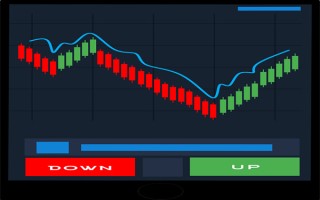Understanding the Date: A Comprehensive Guide to "Today's Date in English"
Curious about how to express "today's date" in English? Whether you're writing a formal document, sending an email, or simply conversing with friends, knowing how to convey the current date is essential. This guide will delve into the nuances of expressing "today's date in English," including different formats and common phrases.

How to Express "Today's Date" in English
Standard Format: Month, Day, Year
The most common way to express "today's date" is by stating the month, followed by the day, and then the year. For example, "April 15, 2023." This format is widely recognized and understood across English-speaking countries.
International Format: Day, Month, Year
In some regions, particularly in Europe, the date is expressed with the day first, followed by the month, and then the year. For instance, "15 April 2023." This format is also widely accepted and can be used when communicating with international audiences.
Using Abbreviations
When writing formally, you can use abbreviations for months, such as "Apr." for April. However, it's important to note that in spoken English, it's generally preferred to say the full month name. For example, "Today is April 15th, 2023," rather than "Today is Apr. 15th, 2023."
Expressing the Date in Conversations
In casual conversations, you can simply say "Today is the 15th of April," or "It's April 15th today." This approach is straightforward and easy to understand, making it ideal for everyday use.
Understanding how to express "today's date" in English is not only useful for formal correspondence but also for daily interactions. Whether you opt for the standard format, the international format, or a more conversational style, being able to convey the current date accurately is a valuable skill in both personal and professional settings.







